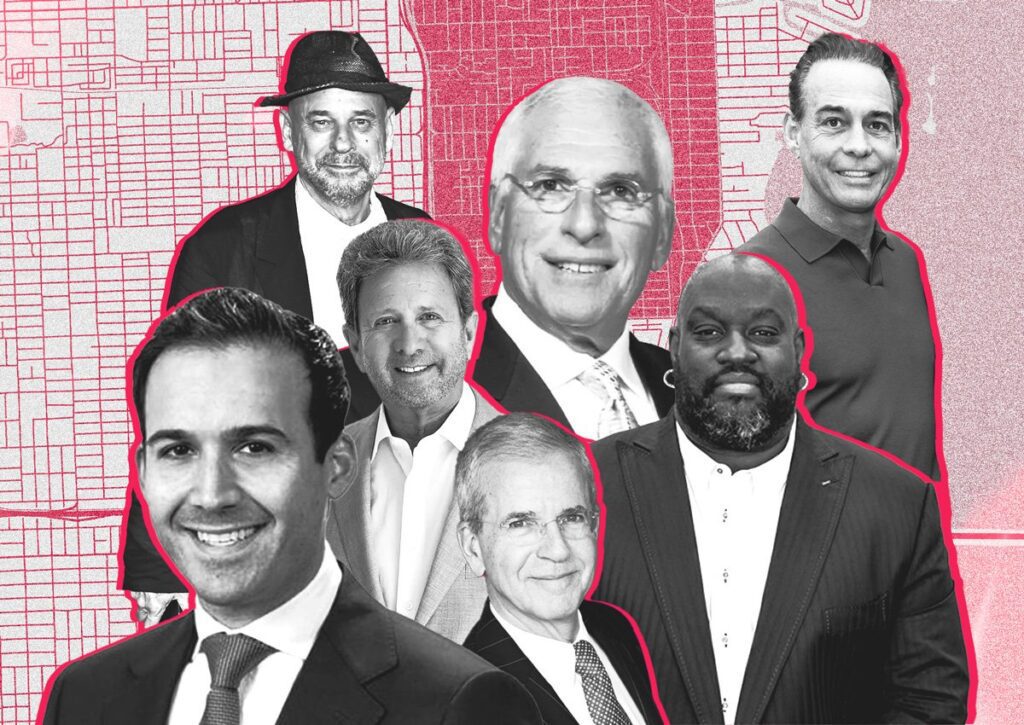Transformative Developments in Miami’s Little Haiti and Little River
The vibrant neighborhoods of Little Haiti and Little River in Miami are on the brink of significant transformation. Traditionally home to generations of working-class immigrants, predominantly from Haiti, these areas are infused with Caribbean culture. However, a wave of ambitious mixed-use developments is set to reshape the architectural and social landscape over the next decade.
A Cultural Mosaic
Located along Northeast Second Avenue, between 54th and 71st Streets, the heart of Little Haiti and Little River is a bustling hub filled with storefronts bearing signs in Creole. Many residents have found refuge from Miami’s soaring housing prices in the form of aging single-family homes, duplexes, and low-rise apartments, enriching the locale with a unique cultural atmosphere.
The Development Wave
While the community’s cultural roots remain strong, developers are eyeing opportunities to introduce thousands of new residences and commercial spaces:
- 10,000+ new apartments
- 1 million+ square feet of commercial space
Two noteworthy projects that have sparked significant debate are the Magic City Innovation District and Sabal Palm Village at Flagler Trail. Activists and residents have voiced concerns that these changes could lead to gentrification, wiping away the neighborhood’s character and displacing long-standing residents.
Upcoming Projects
1. Michael Swerdlow’s $3 Billion Little River District
Project Overview
- Location: Stretching from 7101 Northeast Miami Court to 520 Northwest 75th Street
- Projected Units: 5,700 mixed-income apartments
- Area: 64 acres, including county-owned and privately owned land
Key Features
- Affordable Housing: Nearly 3,700 units reserved for households earning 60%-120% of Miami-Dade’s median income (currently $86,800 for a one-person household).
- Support for Displaced Residents: 314 units dedicated to residents of four public housing projects being demolished.
Timeline
- First Phase: Construction of 600 units set to begin next year, with more than half allocated for existing tenants.
- Future Developments: A Home Depot, BJ’s Wholesale Club, and a new Tri-Rail station are also in the works. The entire project will be completed in 8-10 years.
2. $1 Billion Magic City Innovation District
Project Overview
- Developer: Bob Zangrillo’s Dragon Global in collaboration with Plaza Equity Partners
- Size: 18+ acres; designed to incorporate 8.5 million square feet of mixed-use space
Project Features
- Residential & Commercial Space: 2,630 apartments, 430 hotel rooms, and 340,000 square feet of retail space. Notably, 7% of apartments will be set aside for affordable housing.
- Transportation Hub: Planned connection to a commuter train station.
Timeline
- Phase One: Construction on the 25-story Sixty Uptown apartment tower is expected to start soon, with subsequent residential buildings rolled out every 16-18 months.
3. Justin Podolsky’s Sabal Palm Village
Project Overview
- Scale: 5.9 million square feet with 15 buildings ranging from 5 to 20 stories
- Residential Units: 2,929 units along with 400 hotel keys and extensive commercial space
Key Features
- Affordable Housing Concerns: The balance of affordable housing remains a contentious point among community stakeholders.
Current Status
The project is still pending city commission approval, having faced delays since its initial proposal.
4. Mo Vaughn’s Affordable Housing Initiative
Project Overview
- Location: Near 43 Northeast 53rd Street
- Scope: 147-unit apartment complex with workforce rent options
Strategic Focus
- Affordable Units: 15 designated for households earning 100% of the area median income.
- Construction Timeline: Expected to begin in late 2024.
5. Miami Jewish Health’s FiftyTwoNorth
Project Overview
- Expansion Plans: A $180 million investment aiming to serve residents aged 62 and older
- Unit Composition: 192 independent living units across multiple buildings.
Timeline
- Construction: Set to commence in 2027, targeting completion in 2028.
Conclusion
As Little Haiti and Little River brace for transformation, the promise of new developments brings both excitement and apprehension. With affordable housing initiatives at the forefront, the balance between growth and preservation will be crucial for maintaining the rich cultural tapestry that defines these neighborhoods. The outcomes of these developments can reshape Miami’s landscape and inform how urban spaces can evolve while honoring their historical roots.
For more details on Miami’s real estate developments and community impacts, check out Miami’s Neighborhood Development Plans or visit The Real Deal for in-depth articles on the ongoing trends in the city.


